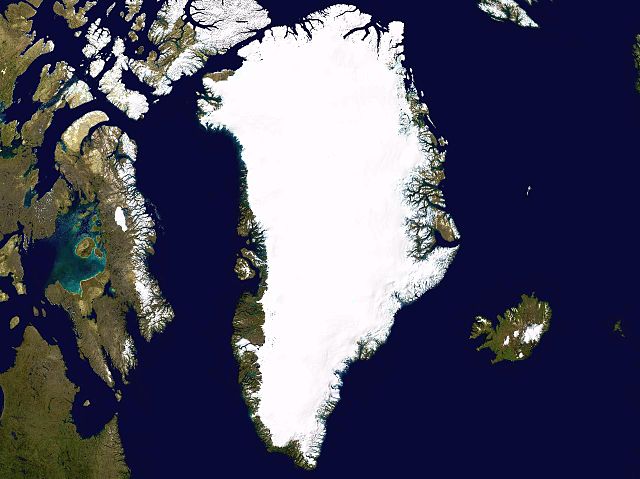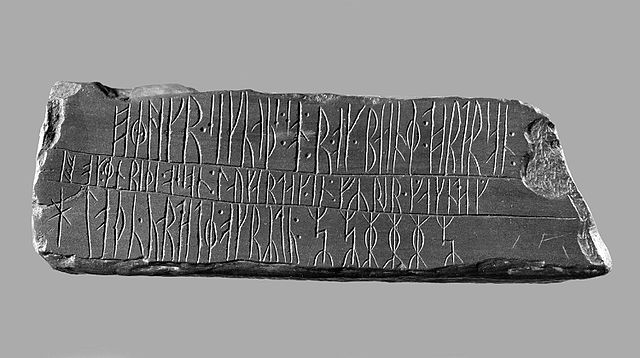Greenland in World War II
The fall of Denmark in April 1940 left the Danish colony of Greenland an unoccupied territory of an occupied nation, under the possibility of seizure by the United Kingdom, United States or Canada. To forestall this, the United States acted to guarantee Greenland's position. With the entrance of the United States into the war in December 1941, Greenland became a combatant.
Members of the Edelweiss II weather station taken prisoner by American soldiers
The Ivigtut cryolite mine in southwestern Greenland, 1940
Externsteine shortly after its capture by the Eastwind
Greenland is a North American autonomous territory of the Kingdom of Denmark. It is the larger of two autonomous territories within the Kingdom, the other being the Faroe Islands; the citizens of both territories are full citizens of Denmark. As Greenland is one of the Overseas Countries and Territories of the European Union, citizens of Greenland are European Union citizens. The capital and largest city of Greenland is Nuuk. Greenland lies between the Arctic and Atlantic oceans, east of the Canadian Arctic Archipelago. It is the world's largest island, and is the location of the northernmost area of the world – Kaffeklubben Island off the northern coast is the world's northernmost undisputed point of land, and Cape Morris Jesup on the mainland was thought to be so until the 1960s.
Greenland visible from space. Arctic sea ice is not shown.
The Kingittorsuaq Runestone from Kingittorsuaq Island (Middle Ages)
One of the last contemporary written mentions of the Norse Greenlanders records a marriage that took place in 1408 in the church of Hvalsey, now the best-preserved Nordic ruins in Greenland. The married couple then travelled to Iceland, which is why the account has been preserved.
Godthåb in Greenland, c. 1878







